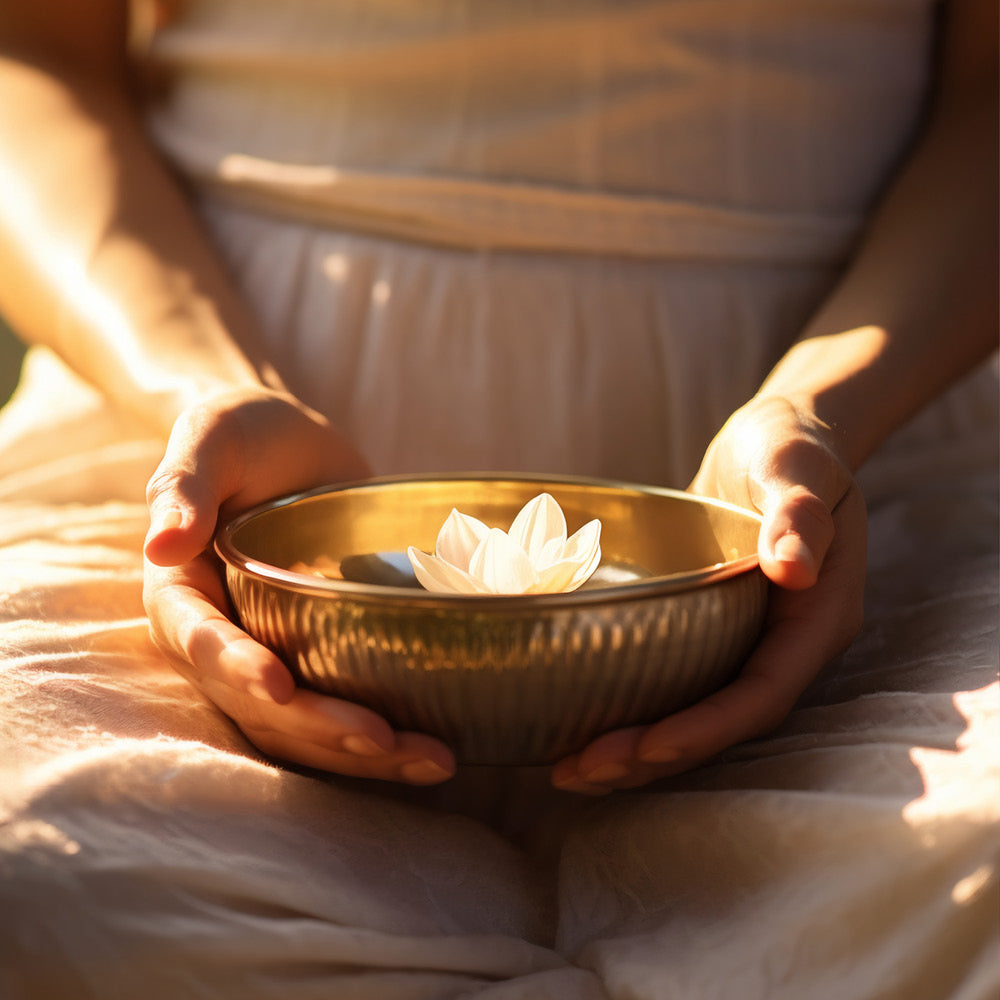

Ayurveda treats people individually, because we each have our own constitution (prakriti). Ayurveda holds an elemental view of the universe and believes people are made up of various combinations of these elements. The five elements are Air, Ether, Fire, Earth and Water
These elements form the three biological humours of Ayurveda, called Doshas; Vata, Pitta and Kapha
The dominance of a particular dosha determines certain physical, mental and emotional characteristics, and importantly may predetermine potential health risks. All three doshas are present in every cell of the body. However each dosha has an area of dominance, which is their site of origin; Vata primarily resides in the colon, Pitta in the small intestine and Kapha the stomach.
Constitution (Prakriti) - 7 main categories; Vata, Pitta, Kapha, Vata/Pitta (combined), Pitta/Kapha, Kapha/Vata, Tridoshic (equal amounts) These can be further divided into Vata/Kapha, with Vata or Kapha being dominant and, so on Vata, consisting of air and ether is characterised by qualities such as light (weight), dry, rough, moving, subtle. Vata imbalance is usually present to some degree in all diseases due to its quality of movement.
Learn more about Ayurveda and Vata skin care. Vata relates to nerve force and is responsible for motion and various other functions of the cerebral-spinal and sympathetic nerve system. It aids in maintaining equilibrium between pitta and kapha. Pitta, being predominantly the element of fire has qualities such as; slightly oily, hot, light, odorous, liquid. It is involved in internal fire (digestion), bile, body heat, digestive enzymes, physio-chemical, biological, metabolic and endocrine systems.
Learn more about Ayurveda and Pitta skin care Kapha, comprising of earth and water forms the solid structures and has properties such as, oily, cold, heavy, slow, smooth, slimy, and static; Kapha is responsible of the gross structure of the body, both solid and liquid and controls the chest, throat and head. Learn more about Ayurveda and Kapha skin care.
Doshas are also affected by seasons and age. For example vata and kapha are exacerbated in cold weather and pitta in hot weather. Kapha is emphasised in childhood, with a predominance of respiratory infections, pitta in middle age, with diseases associated with the endocrine system and vata in old age, includes diseases such as arthritis and mental illness.
The below table provides a brief overview of each dosha, in a balanced state and in an unbalanced state. As you will see these combine physical and emotional factors.
Can you see yourself in any of these?
| Balanced | Unbalanced | |
| Vata | Adaptable, cheerful, natural healing tendencies, thin framed, very tall or very short | Anxious, worried, talk very fast, tire easily, very thin, dry skin, gas, constipation, bone problems or arthritis, grasp concepts easily, but quickly forgets |
| Pitta | Warm, clear, penetrating thoughts, passionate, intelligent, athletic, moderate, muscular build | Hot tempered, impatient, too critical. Physically may develop health issues such as, ulcers, infections, rashes, acne, eye problems, high blood pressure |
| Kapha | Loyal, calm, big boned, strong, deep, clear voice | Lethargic, sentimental, too attached, overweight, water retention, bronchitis |
In our next blog on Ayurveda we will look into more characteristics of the three doshas and ways in which you can balance your own constitution.
Wishing you all, as always, Samaati....love, affection and harmony, Rebecca Powne, Founder AWE Cosmeceuticals, B.A., Ayurvedic Studies (Indian Medicine) London, UK, B.H.Sc., Clinical Dermal Therapies, Melbourne, Australia






